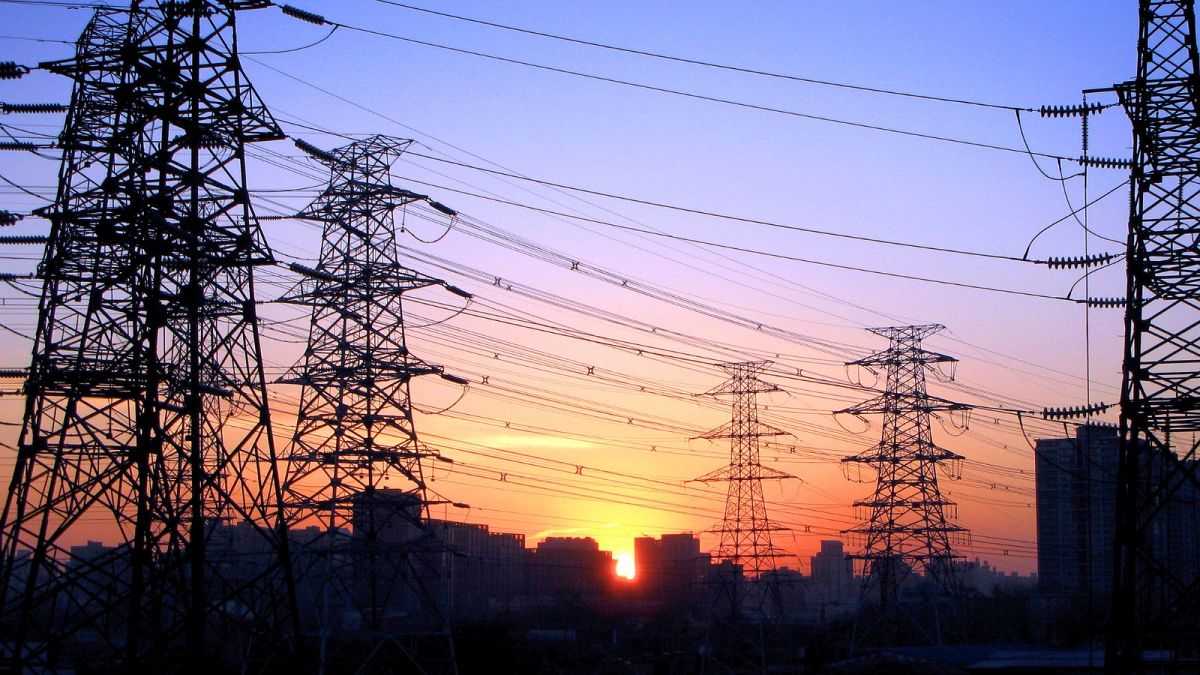What is SF6? Study raises concerns about gas that is 24,000x more powerful than CO2
An electrifying China is largely behind the increase in emissions of SF6, which is used to insulate power lines. A greenhouse gas 24,000 times more powerful than carbon dioxide is being driven up by China’s growing electricity needs, according to a new study. CO2 is the number one greenhouse gas on our radar for good […]


An electrifying China is largely behind the increase in emissions of SF6, which is used to insulate power lines.
A greenhouse gas 24,000 times more powerful than carbon dioxide is being driven up by China’s growing electricity needs, according to a new study.
CO2 is the number one greenhouse gas on our radar for good reason. A gas naturally present in the atmosphere but turbocharged by humans’ fossil fuel combustion, it is the single biggest contributor to the climate crisis.
But an overload of carbon isn’t the only gas threatening Earth’s climate; international agreements cover a number of other gases including a man-made grouping of fluorinated (F) gases.
Sulphur hexafluoride (SF6) falls within this potent family: a colourless, odourless gas often used to insulate power lines.
Our rapidly electrifying world has caused a marked increase in atmospheric concentrations of SF6 this century. And a new international study shows that China is behind the bulk of these emissions in the last decade.
Why is SF6 dangerous?
Greenhouse gases vary widely in their global warming potential (GWP) – a measure of how much heat energy they absorb per tonne.
Sulphur hexafluoride has a GWP of around 24,300 (compared to 1 for CO2) and its emissions are expected to last more than 1,000 years in the atmosphere.
“Any increase in SF6 emissions this century will effectively alter our planet’s radioactive budget (the balance between incoming energy from the sun and outgoing energy from the Earth) well beyond the multi-decade time frame of current climate policies,” says co-author Ronald Prinn, MIT Joint Program and CGCS Director.
“That is why it is imperative that China and all other nations take immediate steps to reduce, and ultimately eliminate, their SF6 emissions.”
How is Europe tackling SF6 emissions?
In 2021, SF6 from China reached 125 million tonnes of CO2-equivalent emissions, equivalent to around 1 per cent of the country’s total carbon emissions. That’s comparable to the national total CO2 emissions of the Netherlands or Belgium.
Since China is not on the list of industrialised countries drawn up by the UN climate convention in the 1990s, it is not under the same obligation as European countries to tackle its greenhouse gas emissions.
By reducing SF6 in electrical equipment, these Annex 1 countries have reduced their SF6 emissions over the last 30 years. But not enough to make up for the increase from developing nations dealing with rapidly expanding power demand and the speedy uptake of renewable energy technologies.
As of 2010, Germany was producing the most SF6 emissions among European countries by some distance. But its record card has improved thanks to a voluntary commitment by industry, and investment in alternatives.
In the wider EU, a new F-gas regulation came into force last month which tightens up the phase out of these potent gases by 2050.
It doesn’t go as far as the initial proposal, however, which sought to phase out SF6 in all new ‘switchgear’ (equipment for electrical transmission) by 2031. Instead, lobbyists reportedly pushed for the greenhouse gas to continue being used where better alternatives are unavailable.
How much have SF6 emissions risen in China?
SF6 emissions from China nearly doubled from 2.6 gigagrams (Gg) per year in 2011 – when they accounted for 34 per cent of global emissions – to 5.1 Gg per year in 2021, when they amounted to 57 per cent.
That’s according to researchers at the Joint Program of MIT on Global Change Science and Policy, Fudan University, Peking University, Bristol University and the Meteorological Observation Center of the China Meteorological Administration.
The increase in Chinese SF6 emissions over the 10-year period offset emissions reductions elsewhere in the world, according to the study published in the journal Nature Communications last month.
“Adopting maintenance practices that minimise SF6 leak rates or using SF6-free equipment or SF6 substitutes in the power grid will benefit greenhouse gas mitigation in China,” says lead author Minde An, a postdoc at the Center for Global Change Science (CGCS) at MIT.
“We view our findings as a first step in quantifying the problem and identifying how to address it.”
To make their calculations, the researchers took readings from nine stations within a Chinese network, including one in the Advanced Global Atmospheric Gas Experiment (AGAGE) network.
For comparison, global total emissions were observed from five relatively unpolluted AGAGE “background” stations elsewhere in the world.














